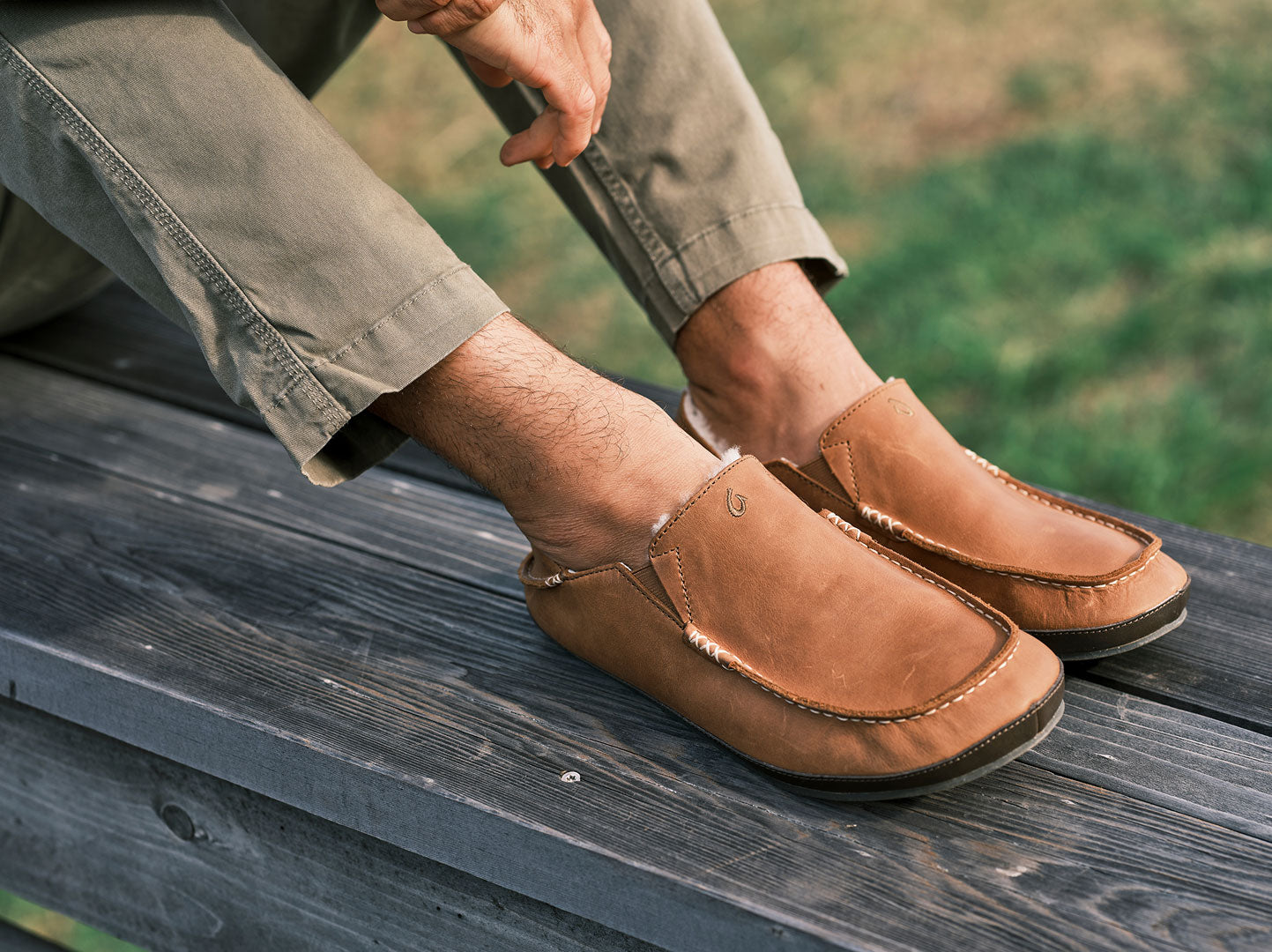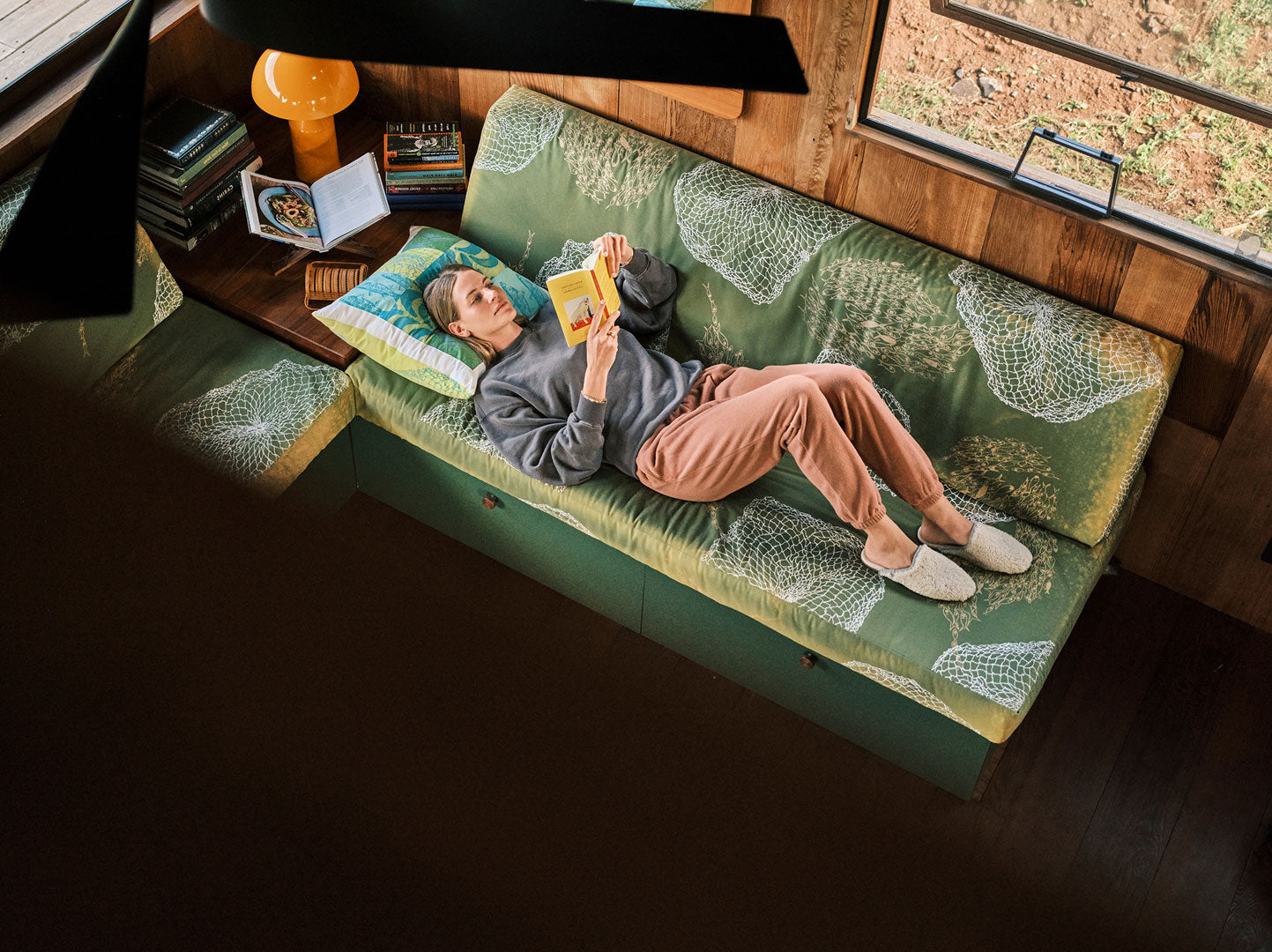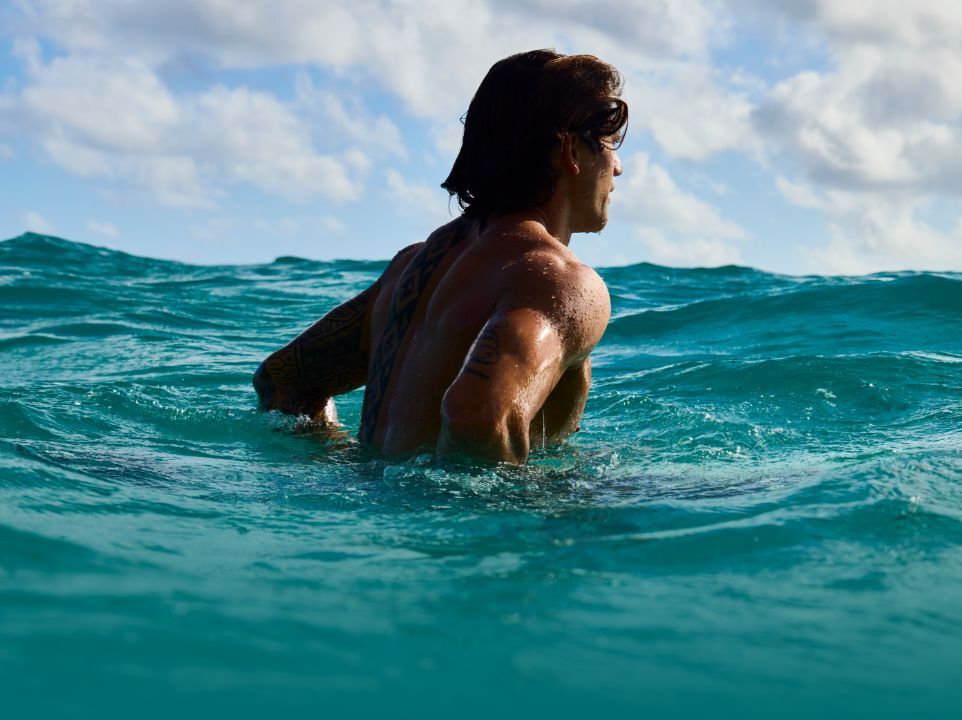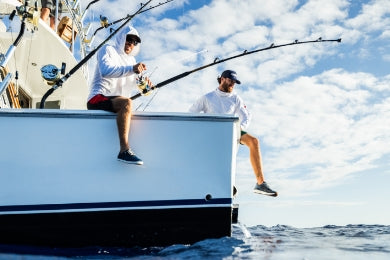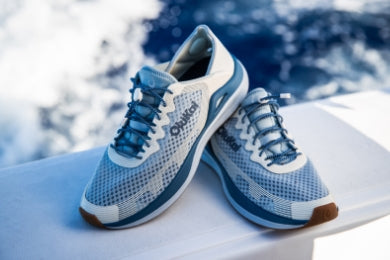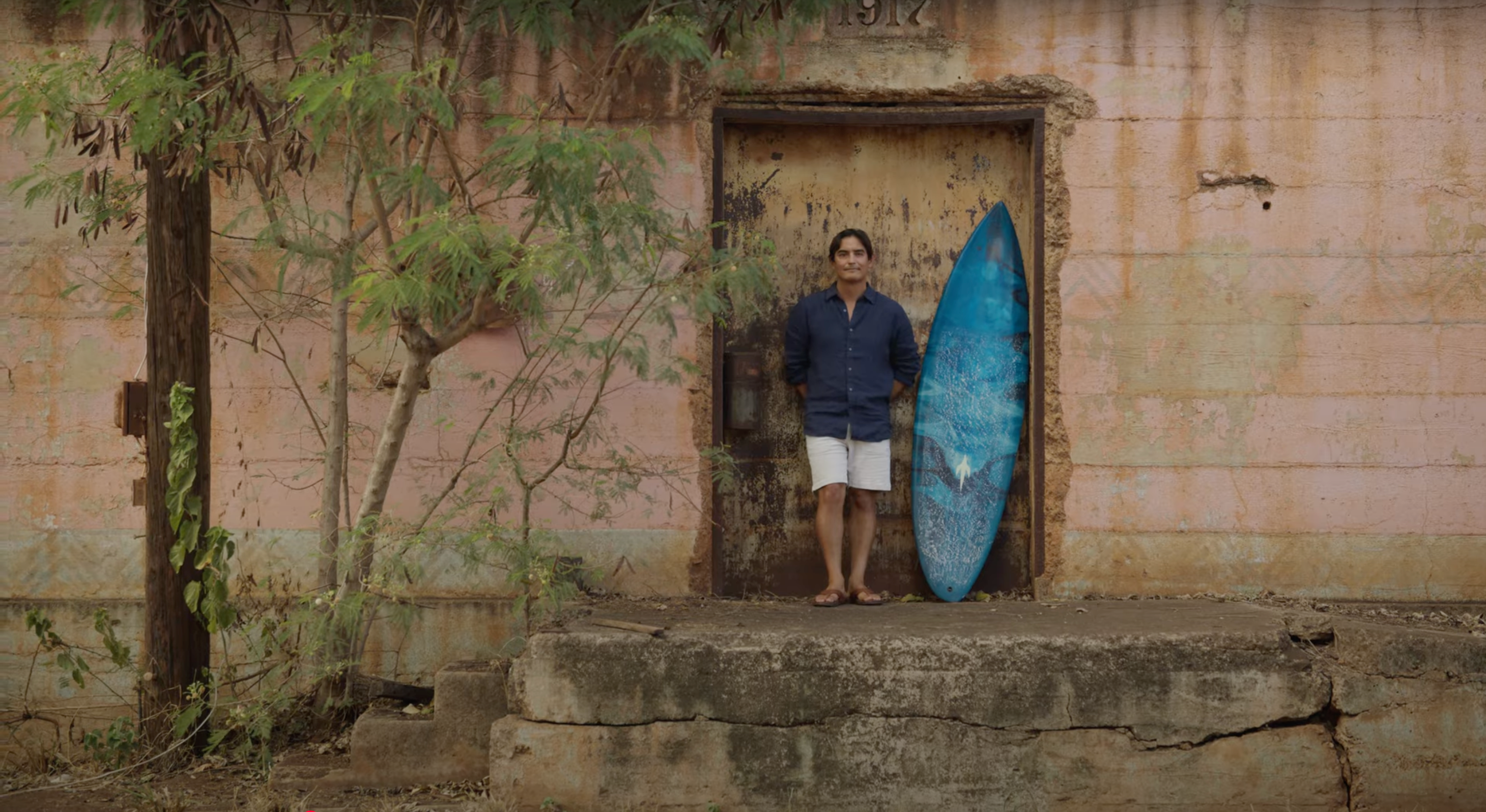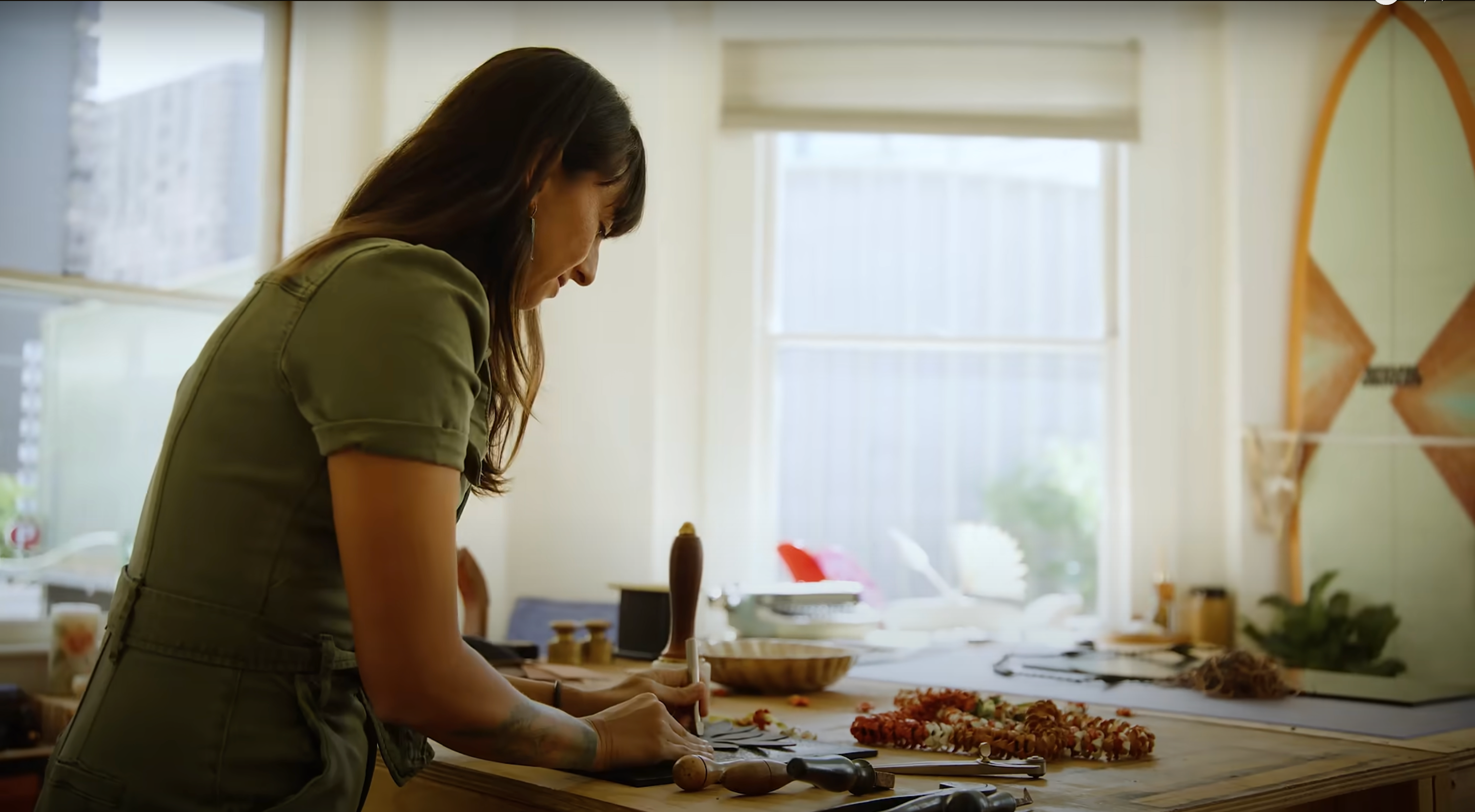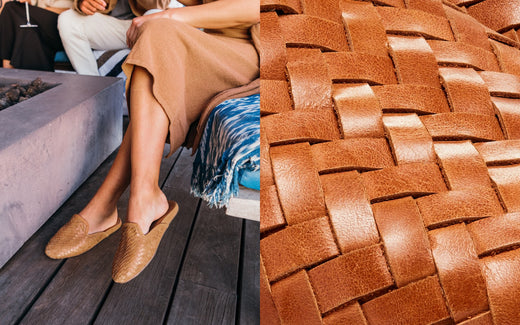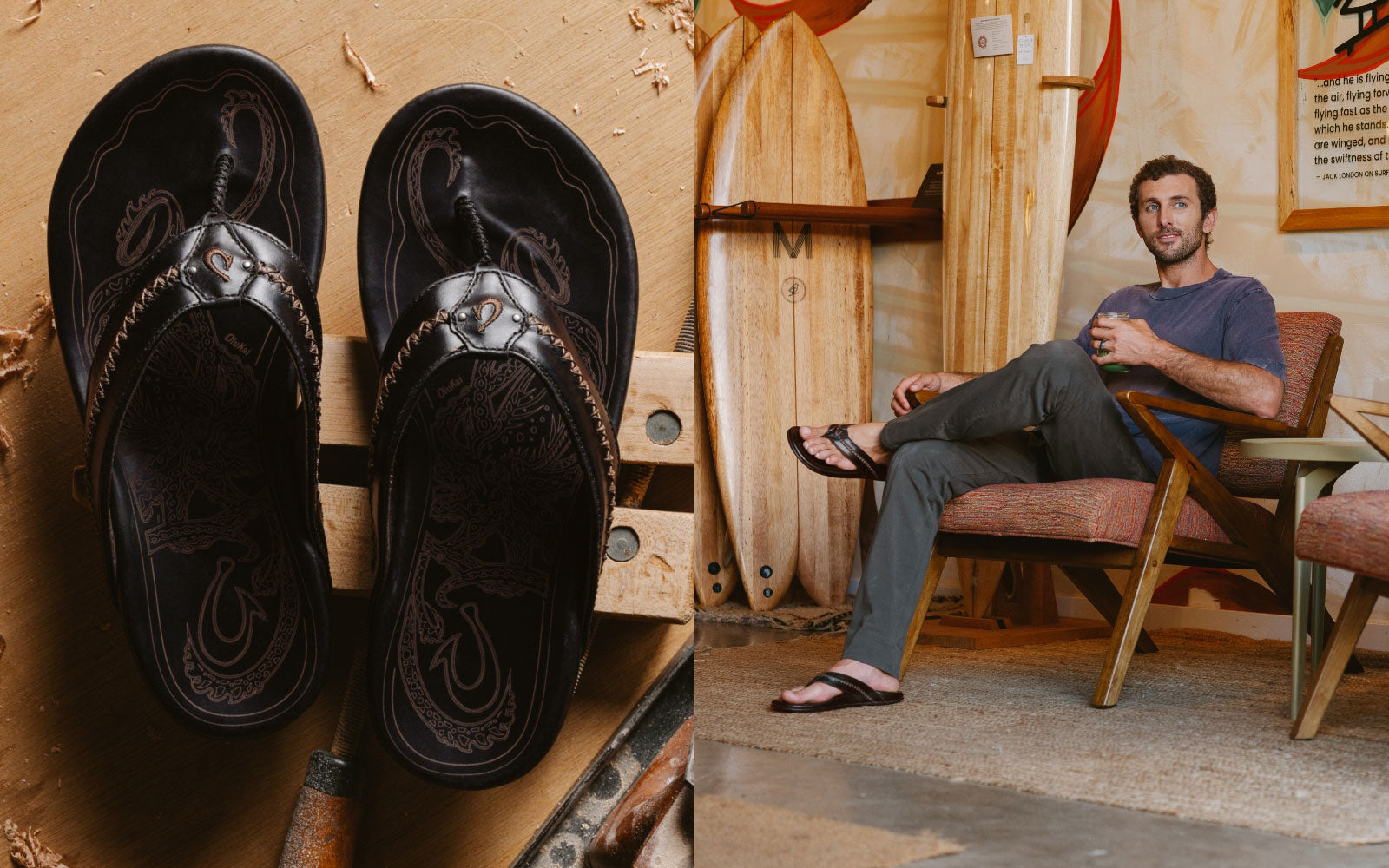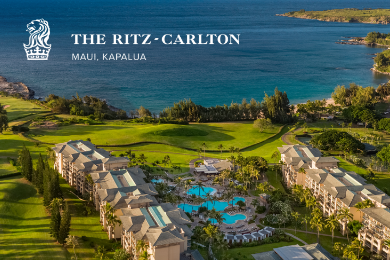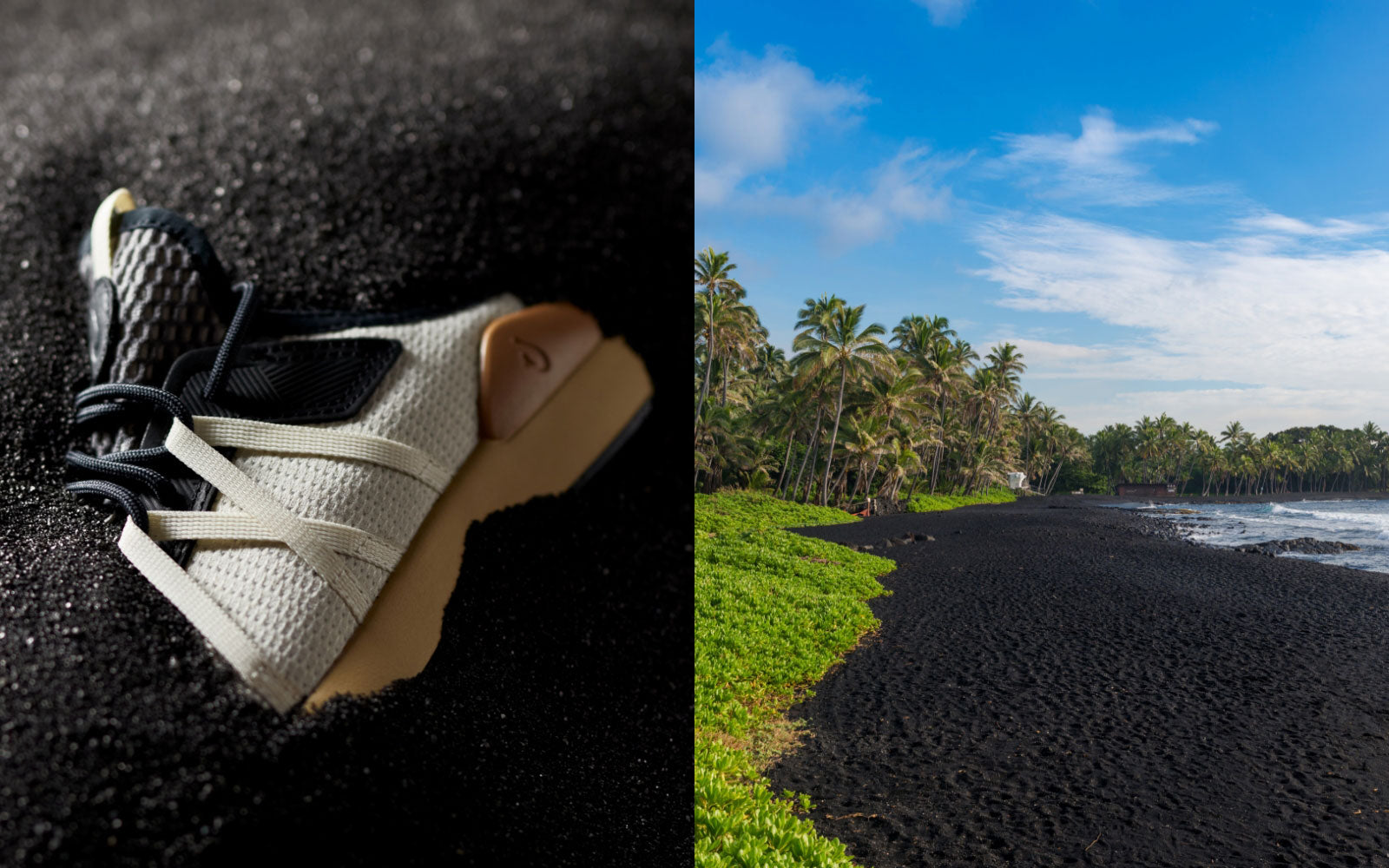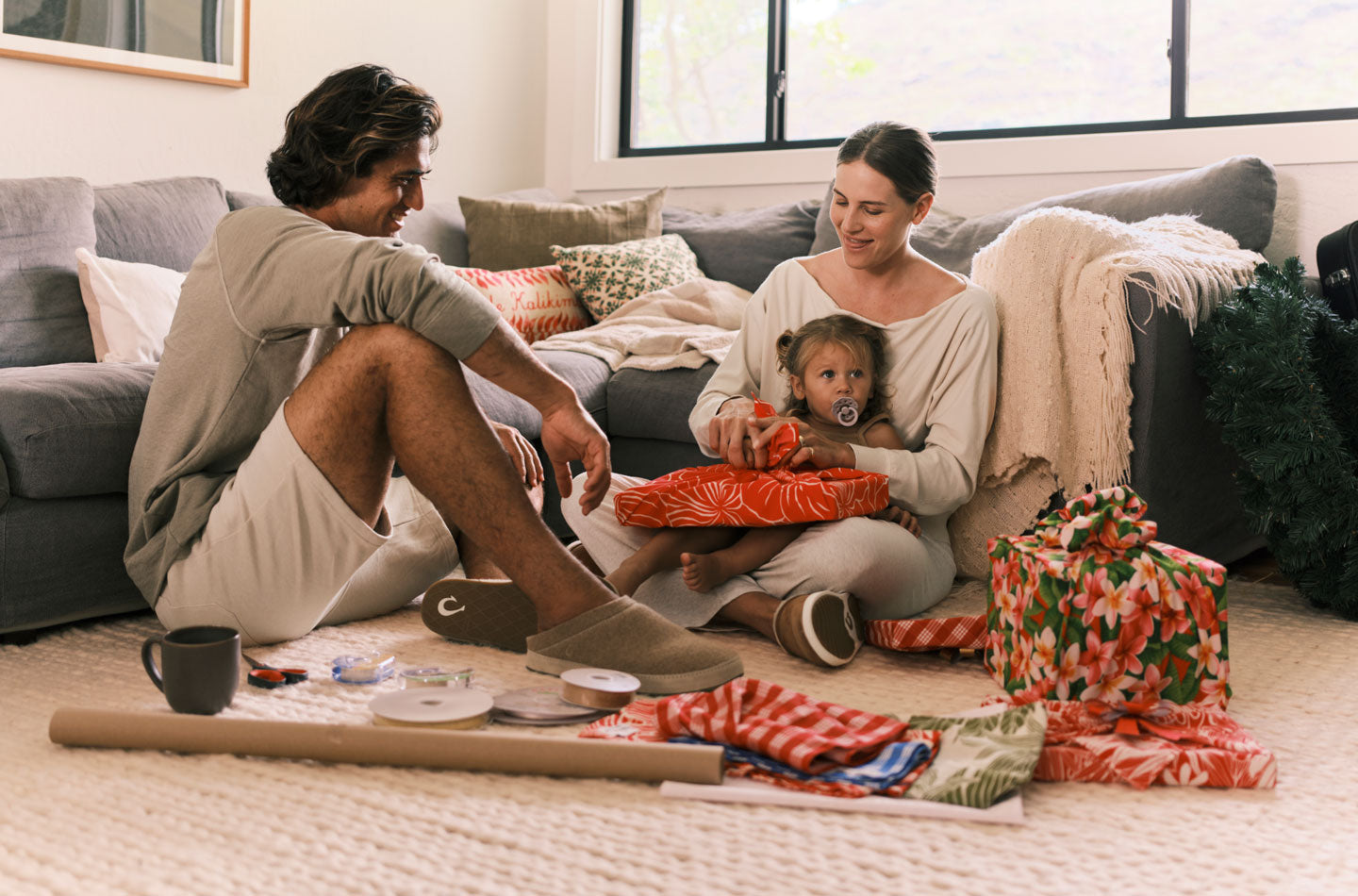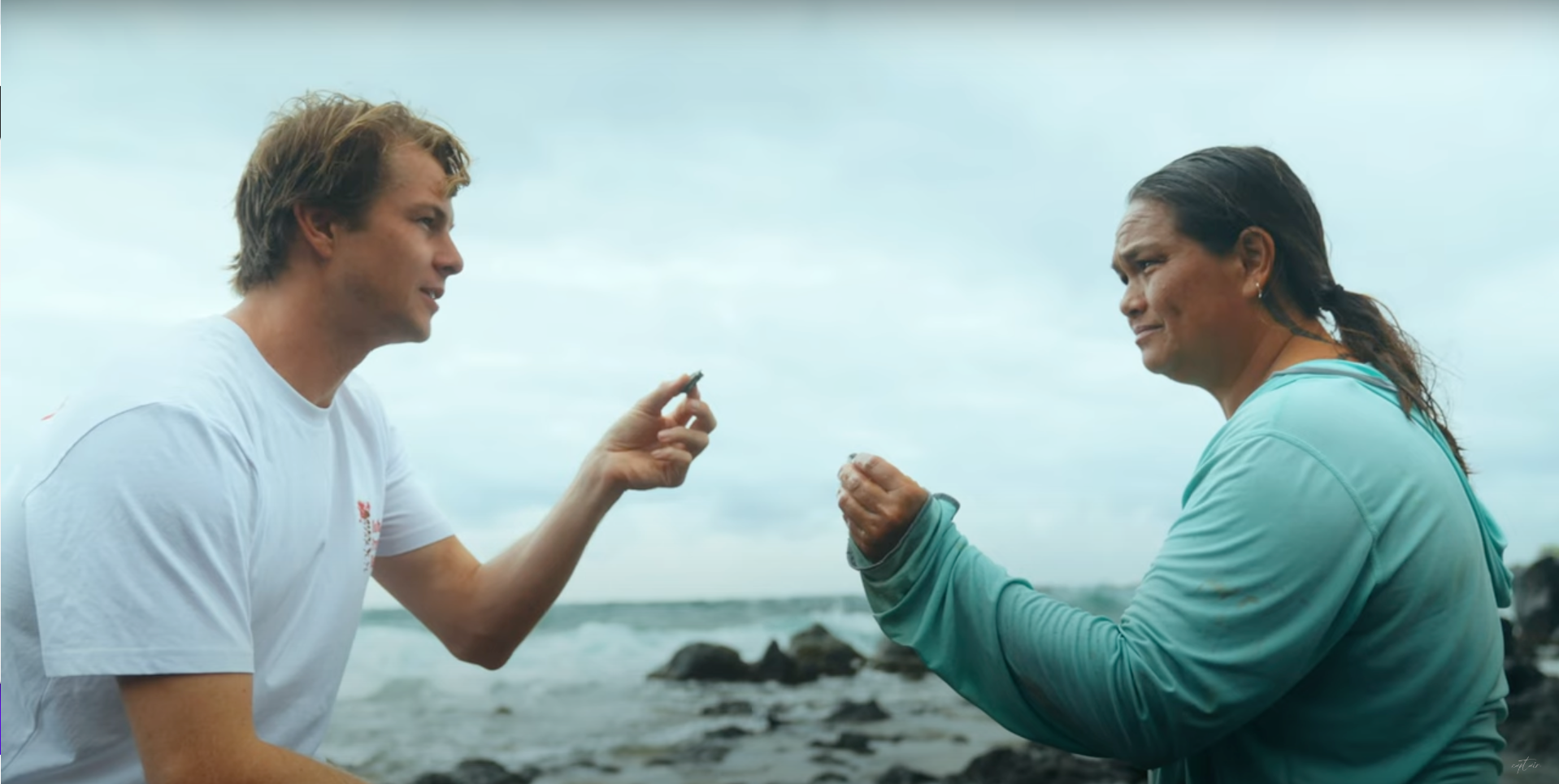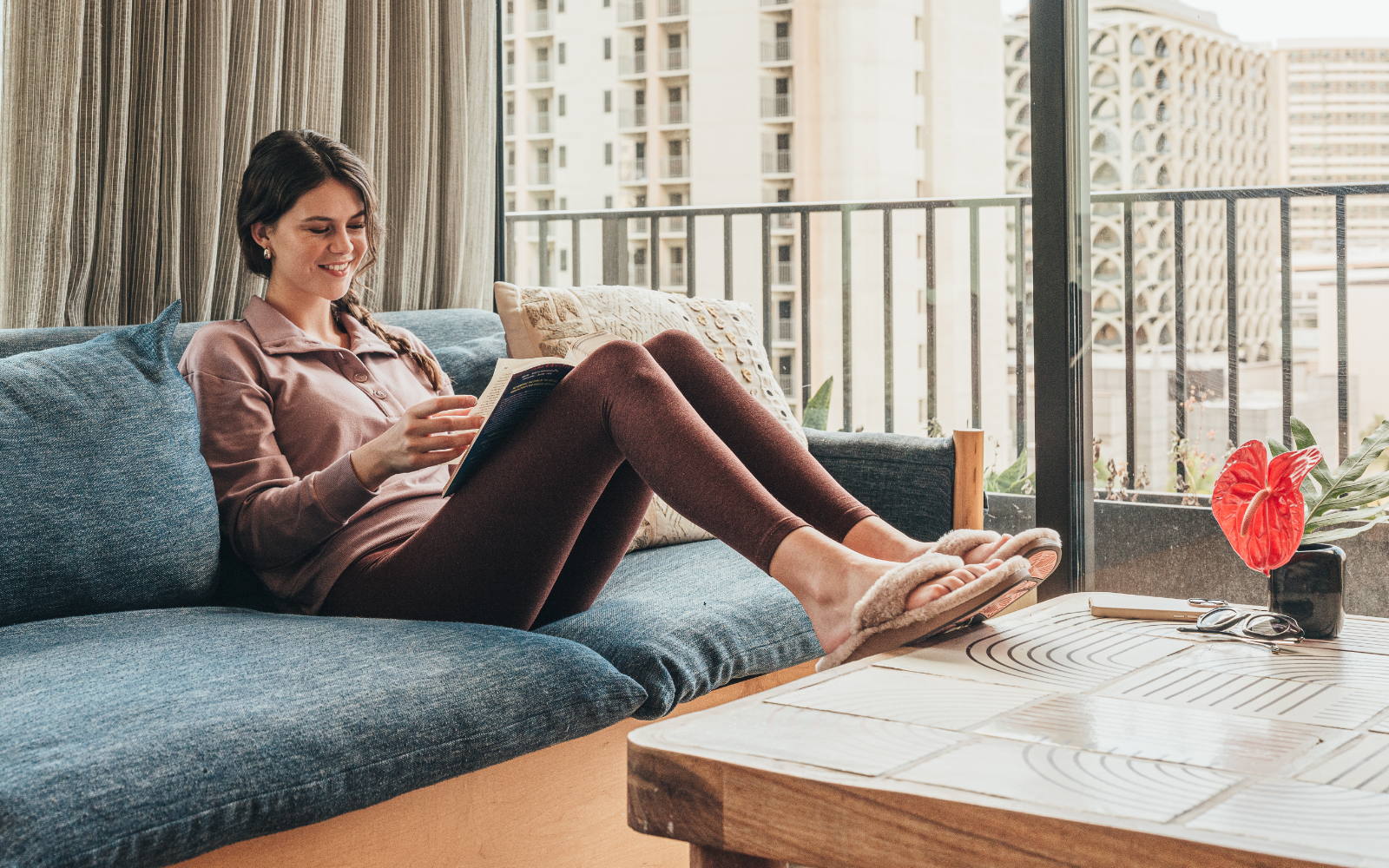Perhaps culture, like blood in the bod, must flow in order to thrive. Kanaka Maoli (Native Hawaiian) Keith Keahi, who lives off the grid in remote Northwest Maui, recognizes this dynamic, striving to both literally and figuratively keep his culture flowing. A commercial fisherman by trade and farmer by passion, he moved from bustling Lahaina Town to the other side of the island to maintain that “flow.” On the land where he resides, he quickly discovered an ancient patchwork of traditional agricultural infrastructure, a patchwork he’s labored hard to rebuild, reconnecting with traditions and sustainable thinking of a past society.
--image_block_a--
I understand that you’re a commercial fisherman by trade, but have put a lot of your energy into farming and rejuvenating the kalo lo‘i (taro patch) on your land. What kind of work does that entail?
Yeah, that sounds right. Right now my focus is reopening up the lo‘i, getting things back to the old days when growing your own food was just the norm out here. So getting all that under control, getting the walls restocked and getting the patches going again—all that little stuff takes a lot of work.
I can imagine. You’re doing something with a very old stream too, right?
Yes. We’re diverting water in order to keep the water flowing. You don’t want to take the whole stream; you just want to take a little bit off the stream, so you divert a little to your property so it slowly goes from the upper patches down to the lower patches. At the same time, I’m monitoring the temperature, which is key. Keeping the flow consistent is also really important, so you don’t have irregularities that cause stress on the plant. So you have to keep that water flowing. You have to keep it clear. The water is the most important part of the whole kalo farm. Yeah. Water.
And did you find a lot of the original Native Hawaiian infrastructure from a long time ago?
Yes. Everything was still left and the original patches are still here. The original stones that people had their houses on from way back are still here, too. So it’s actually not too hard to get going again, back to how it was in the old days. So that’s the cool part of being a caretaker up here—you’re uncovering your past, like an archeologist.
That’s amazing. And tell us what it’s like being in a more remote part of the island.
When I think of “the other side of the island,” like this place, I think of people, like a family. The people, or ‘ohana, around here, we’re all on the same page with caring for the land and living this lifestyle. And I like that feeling.
What’s in store for the future?
My long-term plan is to just keep farming, keep growing the kalo, and keep doing what I’m doing now. Hopefully, the next generation that comes can carry on, but I’m not trying to do any of this so I can be written in history. I don’t mind fading with time, but I’d like the future generation to feel the same way I feel about my ancestors. When I touch some of these stones that were placed here hundreds of years ago, I sit and think about who touched this rock before me.
See how Keith restores the land and protects aloha.
